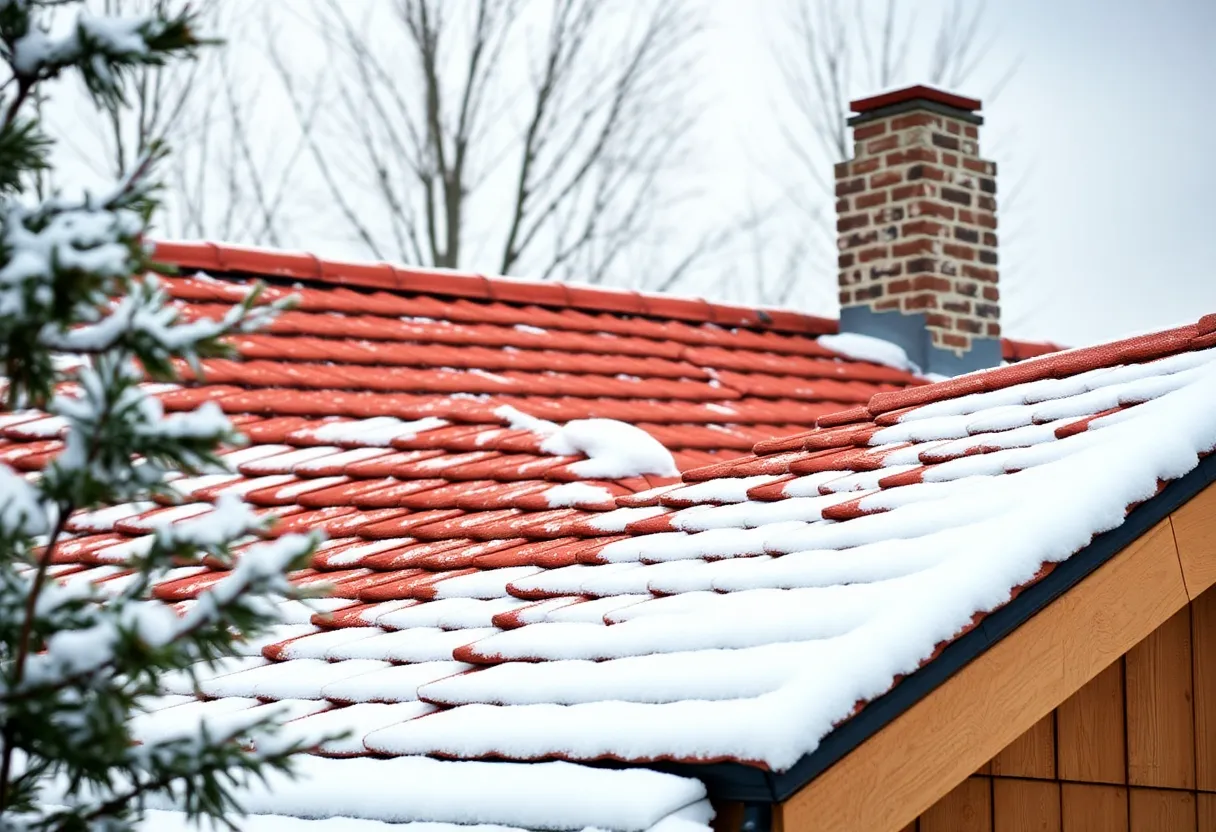

How to Effectively Upgrade Your Roof for Optimal Winter Performance
Winter brings unique challenges for homeowners, especially regarding roof performance. Snow accumulation, ice dams, and extreme cold can significantly impact a roof’s structure. A properly upgraded roof can enhance thermal performance, reduce energy costs, and prevent costly repairs.
The first step in upgrading your roof is to conduct a thorough assessment. Look for the following:
If you notice significant damage, consider consulting a roofing professional for a detailed inspection.
When upgrading your roof, selecting materials that withstand winter conditions is crucial:
Popular and cost-effective, asphalt shingles come in various styles. Ensure to choose those rated for high wind resistance and impact protection.
Metal roofs are durable and excellent for snow shedding, minimizing the risk of ice dams. Look for materials with a snow-resistance rating to ensure optimal performance.
Tile and slate roofs offer longevity but come with higher costs. Their weight and ability to resist harsh conditions make them ideal for winter performance.
Proper insulation and ventilation are essential for maintaining a warm interior while protecting the roof’s integrity.
Consider adding more insulation to your attic to prevent heat loss. Cellulose or spray foam insulation can enhance thermal performance and reduce energy costs.
This helps regulate temperatures in the attic. Install ridge vents or solar-powered attic fans to maintain consistent air flow. This reduces the risk of ice dams by keeping the roof temperature steady.
Small gaps can lead to significant heat loss. Identify and seal openings around:
Use high-quality caulk or foam sealants to ensure a tight seal.
Ice dams can cause severe damage. Installing a snow barrier system adds protection to your roof:
Heat cables can be installed along the eaves of your roof. They melt snow and ice, preventing accumulations that lead to ice dams.
These devices secure snow on the roof, preventing it from sliding off suddenly, which could harm people or property below.
Routine maintenance is vital for ensuring the longevity and performance of your roof during winter.
Understanding your specific climate can guide upgrades for optimal performance:
In areas with heavy snowfall, opt for steep-sloped roofs that facilitate snow shedding. Choose materials that can support the weight of accumulated snow.
Areas that experience occasional snow may benefit from resilient materials and enhanced insulation to prevent ice dam formation.
Integrate technology that can enhance your roof’s performance:
These systems can monitor temperature and moisture levels. They provide alerts for potential issues like ice dam formations before they escalate.
Upgrading a roof can present substantial costs, and understanding the financial implications is crucial:
Upgrading your roof for optimal winter performance requires a comprehensive approach, from assessing current conditions to selecting the right materials. Maintaining proper insulation, ventilation, and regular inspections will further enhance your roof’s efficiency. By investing in quality and staying informed, homeowners can ensure their roofs withstand winter’s challenges, thereby preserving the structure and comfort of their homes.
News Summary In South Carolina, a wildfire near Myrtle Beach has burned over 2,000 acres,…
News Summary In Yemassee, South Carolina, a group of 43 Rhesus macaques escaped from Alpha…
News Summary Tampa, Florida, is poised to host an unforgettable Women’s NCAA Final Four tournament,…
News Summary Magna International is set to invest $200 million in a new facility in…
News Summary Charleston is experiencing a surge in population and economic growth, raising concerns about…
News Summary On January 30, 2025, the South Carolina Manufacturers Alliance (SCMA) unveiled its ambitious…